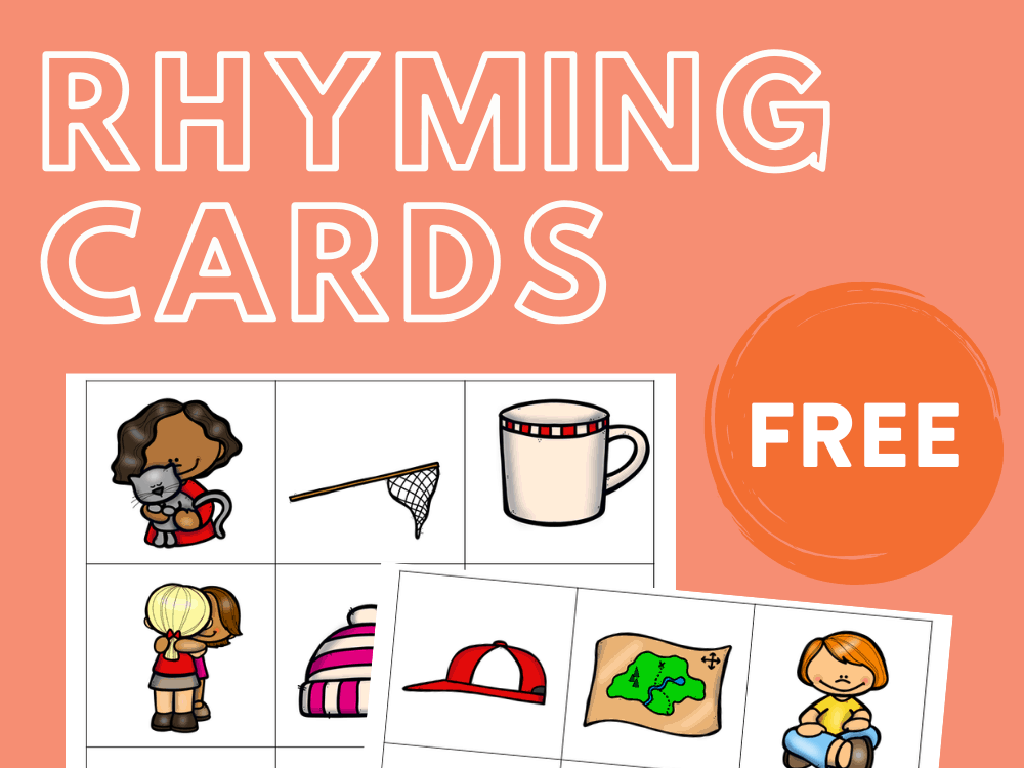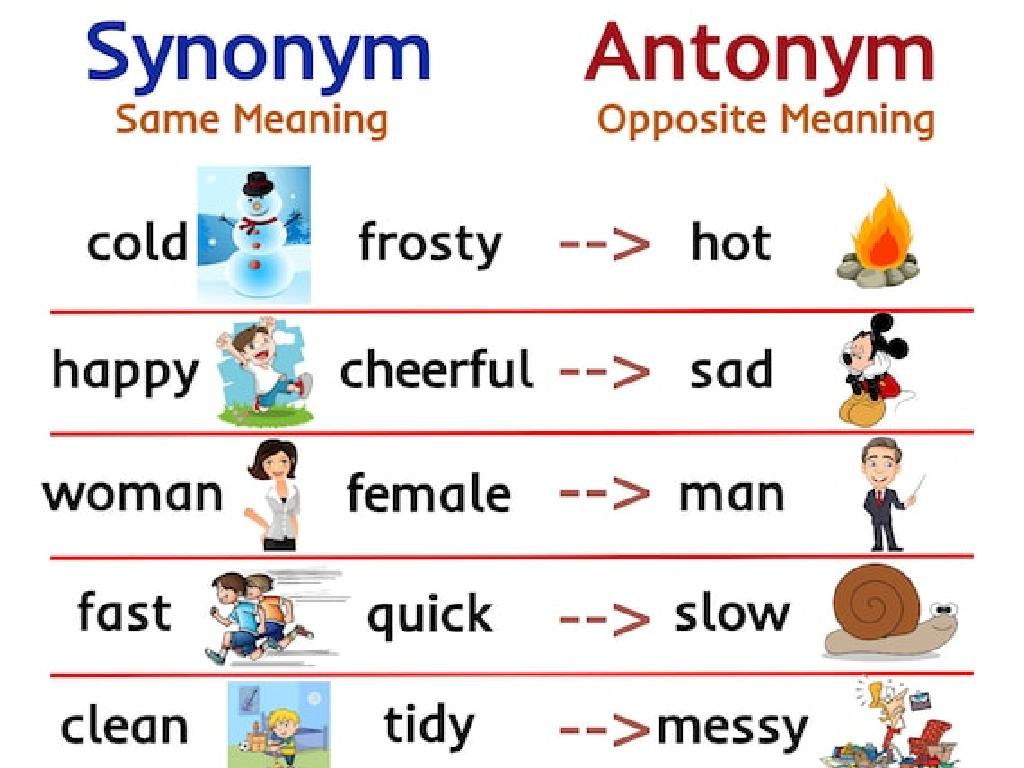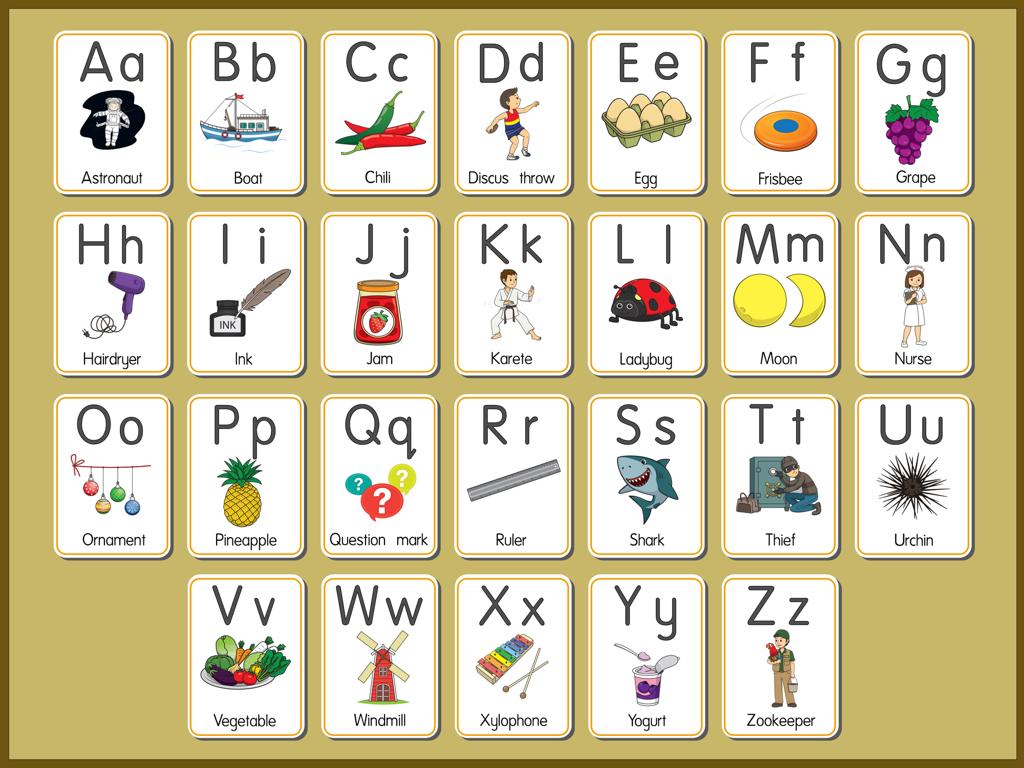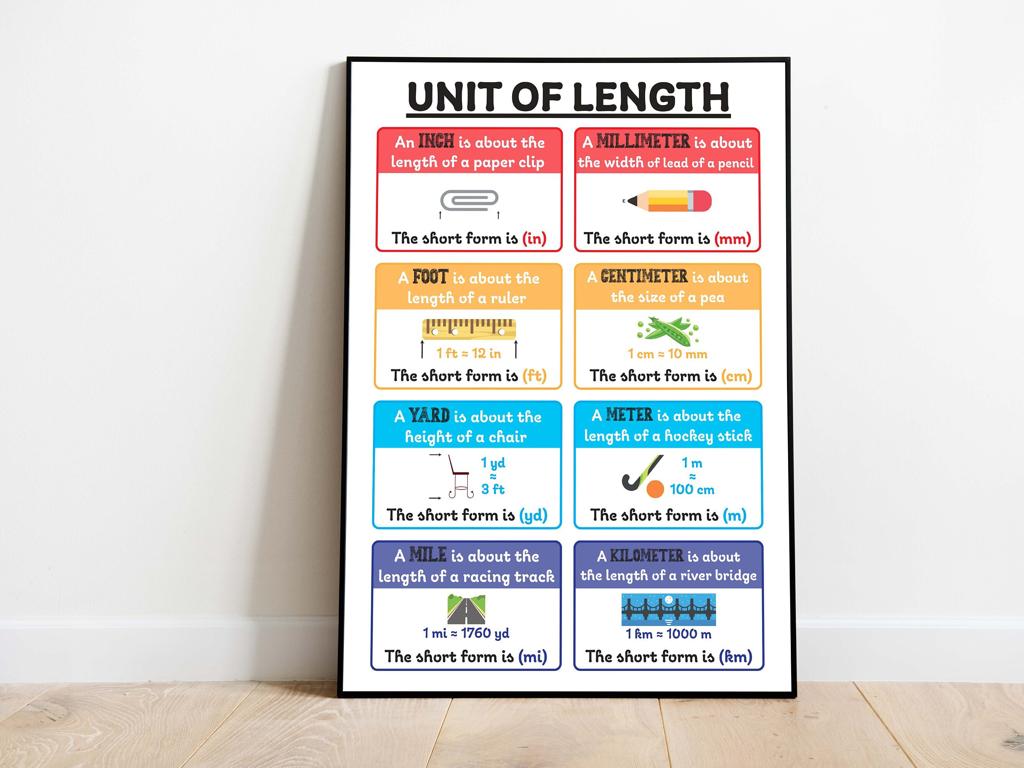Add Two Numbers Up To Three Digits: Word Problems
Subject: Math
Grade: Third grade
Topic: Addition: Three Digits
Please LOG IN to download the presentation. Access is available to registered users only.
View More Content
Welcome to Addition: Mastering Three-Digit Sums
– Becoming addition experts today
– Addition’s role in daily life
– Use addition for tasks like counting money or combining scores
– Adding numbers up to three digits
– Learn the steps to add large numbers without confusion
– Solving real-world problems
– Apply what we learn with fun, practical examples
|
This slide introduces the concept of addition with three-digit numbers, emphasizing its importance in everyday situations such as managing finances or keeping track of points in games. The objective is to make students comfortable with adding larger numbers and applying this skill to solve word problems that they may encounter in real life. Encourage the students to think of situations where they have used addition outside of school. As a teacher, prepare to demonstrate the process step by step, ensuring that students understand place value and the concept of carrying over numbers. Provide several examples and practice problems, and consider using manipulatives or visual aids to help students visualize the addition process.
Understanding Addition
– What is addition?
– Addition is finding the total of two or more numbers.
– Combining groups of objects
– Imagine putting two sets of toys together to see how many you have in all.
– Adding increases the total
– If you have 3 apples and get 2 more, now you have 5 apples!
– Visualizing addition with examples
– Picture 4 baskets with 3 apples each, that’s 4 plus 3 plus 3 plus 3!
|
This slide introduces the concept of addition to third-grade students. Start by explaining that addition is the process of finding the total when two or more numbers are put together. Use tangible examples like combining groups of toys or apples to make the concept relatable. Emphasize that when we add, the number of items we have increases. Show visual examples with small groups of objects to help students understand and visualize the process of addition. Encourage students to think of their own examples of adding things together in their daily lives.
Key Terms in Addition
– Understanding Addends
– Addends are numbers that are added together.
– What is a Sum?
– Sum is the total we get when we add addends.
– Applying terms to problems
– Practice with word problems
– Use ‘addends’ and ‘sum’ when solving.
|
This slide introduces the basic vocabulary of addition that students will need to know for solving word problems involving three-digit numbers. Addends are the numbers that are being added. For example, in the problem 123 + 456, 123 and 456 are the addends. The sum is the result of adding these numbers together. It’s important for students to familiarize themselves with these terms as they will frequently encounter them in word problems. Encourage students to identify the addends and sum in example problems. Provide several word problems for students to practice, ensuring they use the terms ‘addends’ and ‘sum’ correctly. For example, ‘If you have 123 baseball cards and you buy 456 more, how many do you have in total?’ Here, 123 and 456 are the addends, and the total number of baseball cards is the sum.
Adding with Place Values
– Understand place values in numbers
– Ones, tens, hundreds are place values
– Start adding from the ones place
– Add ones, carry over if it’s 10 or more
– Line up numbers by place value
– Numbers must be one under the other
– Practice with a word problem
– Example: If you have 123 apples and 456 apples, how many apples do you have in total?
|
This slide introduces the concept of place values in the context of addition. Emphasize to students that each digit within a number has a specific place value, which is crucial for correctly adding multi-digit numbers. Demonstrate how to add numbers starting from the ones place and moving left to the tens and hundreds, ensuring that students understand the concept of carrying over. Aligning the numbers by their place values is essential for clarity and accuracy. Conclude with a word problem to apply the concept. Encourage students to solve it step by step and verify their answers with peers.
Simple Addition: Adding Three-Digit Numbers
– Start with an easy example: 123 + 156
– Add ones, then tens, then hundreds
– Add 6 + 3 first, then 5 + 2, and then 1 + 1
– Align numbers by place value
– Write numbers vertically, one under the other
– Double-check each column
– Review your addition to avoid mistakes
|
This slide introduces students to the concept of adding three-digit numbers using a simple example. Emphasize the importance of aligning numbers by their place values (ones, tens, hundreds) and adding them column by column, starting from the rightmost column (ones). Encourage students to write numbers one under the other to keep their work neat and organized. After adding, it’s crucial to double-check each column to ensure accuracy. Provide additional examples and practice problems for students to work on, and consider using manipulatives or visual aids to help them understand the concept of place value better.
Word Problems: Adding Three-Digit Numbers
– Word problems are number stories
– Read to find the numbers to add
– Find addends: numbers that we add together
– Clues help us know what to add
– Words like ‘total’ and ‘together’ are clues
– Practice with an example problem
– E.g., Tom has 123 marbles, and Jen gives him 234 more.
|
This slide introduces students to the concept of word problems as stories that involve numbers. Emphasize the importance of reading the problem carefully to identify the addends, which are the numbers that need to be added together. Teach students to look for clue words that indicate addition, such as ‘total,’ ‘together,’ ‘combined,’ or ‘plus.’ Use an example to illustrate how to extract numbers from the story and set up the addition problem. For the example problem provided, guide students through the process of adding 123 (Tom’s marbles) and 234 (marbles Jen gives) to find the total number of marbles. Encourage students to visualize the problem and understand the context before attempting to solve it.
Adding Large Numbers: Sticker Story
– Emma’s sticker collection
– Emma starts with 123 stickers
– Counting new stickers
– She buys 156 more stickers
– Finding the total sum
– Add 123 and 156 to find total
– Practice with addends
|
This slide introduces students to addition word problems with three-digit numbers through a relatable scenario involving stickers. Begin by reading the problem aloud and ask students to visualize Emma’s sticker collection. Guide them to identify the numbers to be added, referred to as addends. Demonstrate how to align the numbers vertically and add them, starting from the ones place and moving to the tens and hundreds. Encourage students to practice with similar problems, ensuring they understand the concept of carrying over numbers when the sum exceeds 9 in any place value. This exercise will help solidify their understanding of addition with larger numbers.
Practice Time: Solving Word Problems
– Try some word problems
– Find the addends and sum
– Addends are numbers being added. The sum is the result.
– Work carefully
– Take your time to solve the problems correctly.
– Check your answers
– Review your work to ensure accuracy.
|
This slide is designed to engage students in active practice with word problems involving the addition of three-digit numbers. Encourage students to identify the numbers to be added (addends) and to understand that the answer they are looking for is the sum. Emphasize the importance of working methodically, perhaps by underlining the addends in the problem, and double-checking their work upon completion. Provide several practice problems for the students to solve, and consider pairing them up for peer checking. Offer support and guidance as needed, and praise their efforts to build confidence.
Class Activity: Addition Relay
– Teams solve addition problems
– One problem per team member
– Pass the baton after solving
– First team with all correct wins
|
This activity is designed to encourage teamwork and quick thinking as students work together to solve addition word problems. Before starting, explain how to approach word problems and add three-digit numbers. Divide the class into small teams, ensuring an equal number of problems per team. Each student will solve one problem before passing the ‘baton’ to the next team member. The baton can be a pencil or any small object. The first team to finish with all correct answers wins a small prize or recognition. Have a variety of problems ready, and ensure they are appropriate for third-grade students, involving sums of three-digit numbers. Monitor the activity to ensure fair play and assist any team or individual who may need help. After the activity, review the problems as a class to reinforce the learning.
Great Work on Addition!
– Congratulations on today’s progress
– Practice with homework worksheet
– Complete the provided worksheet on adding three-digit numbers
– More addition adventures await
– Get ready for exciting new addition challenges next time
– Keep practicing for perfection
|
This slide is meant to wrap up the day’s lesson on adding two numbers up to three digits with word problems. It serves as positive reinforcement for the students’ efforts and sets the expectation for continued practice at home. The homework assignment is an addition worksheet that will help students solidify their understanding of the concepts learned in class. For the next class, prepare to introduce more complex addition problems to keep the students engaged and improving. Remember to praise their hard work and encourage a growth mindset where practice is seen as a path to mastery.





